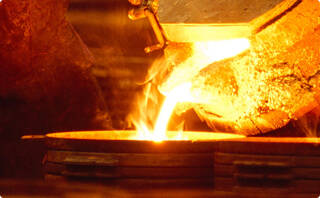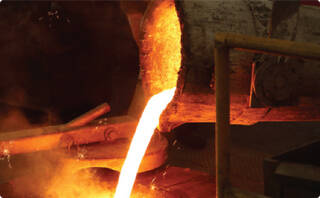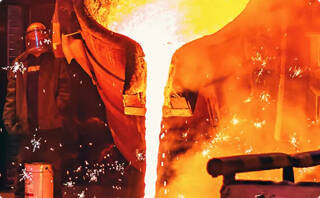Polysilicon has a hardness between germanium and quartz, is brittle at room temperature, and is easily broken when cut. It has ductility when heated to above 800 °C, and shows obvious deformation at 1300 °C. In the molten state at high temperature, it has great chemical activity and can interact with almost any material. It has semiconductor properties and is an extremely important and excellent semiconductor material, but a small amount of impurities can greatly affect its conductivity.
In the electronics industry, it is widely used in the manufacture of basic materials for semiconductor radios, tape recorders, refrigerators, color TVs, video recorders, electronic computers, etc. It is obtained by chlorination of dry silicon powder and dry hydrogen chloride gas under certain conditions, followed by condensation, rectification and reduction.
Polycrystalline silicon can be used as a raw material for pulling single crystal silicon. The difference between polycrystalline silicon and single crystal silicon is mainly manifested in physical properties. For example, the anisotropy of mechanical properties, optical properties and thermal properties is far less obvious than that of monocrystalline silicon; in terms of electrical properties, the conductivity of polycrystalline silicon crystals is also far less significant than that of monocrystalline silicon, or even almost no electrical conductivity. In terms of chemical activity, the difference between the two is minimal.
Polycrystalline silicon and single crystal silicon can be distinguished from the appearance, but the real identification must be determined by analyzing the crystal plane direction, conductivity type and resistivity of the crystal. Polysilicon is the direct raw material for the production of monocrystalline silicon, and is the basic electronic information material for semiconductor devices such as contemporary artificial intelligence, automatic control, information processing, and photoelectric conversion.
.jpg)
.jpg)




.jpg)
